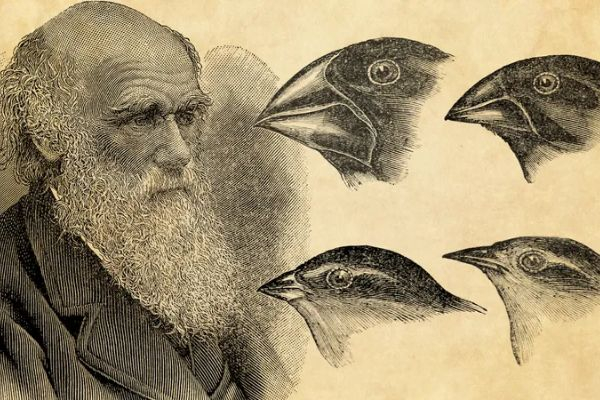The Foundation Of Evolutionary Biology
In 1859, Charles Darwin published "On the Origin of Species," which introduced the Theory of Evolution by Natural Selection. According to National Geographic (opens in new tab), Darwin outlines in his book how organisms change over generations through the inheritance of physical or behavioral features. The underlying tenet of the theory is that features can vary within populations, as demonstrated by one of the Galapagos finches Darwin investigated and its beak shape.
Three basic ideas made up Charles Darwin's theory of evolutionary biology: variation among species members occurred randomly; a person's traits might be passed on to their offspring, and only those with advantageous traits would survive due to competition for survival.
Darwin's time was characterized by a prevalent conviction that species either existed at the beginning of time or developed over the course of history and remained unchanged. Furthermore, it was held that humans were different from other creatures and had no connection to them, and that species were stable components of a predetermined hierarchy. The most significant contribution to altering this view and reversing the scientific denial of past theories of species transmutation was made by Darwin. The true relevance of Darwin's findings, meanwhile, was not appreciated until the 1930s and 1940s. His theory of Evolutionary Biology has since evolved into the guiding principle for the life sciences.








